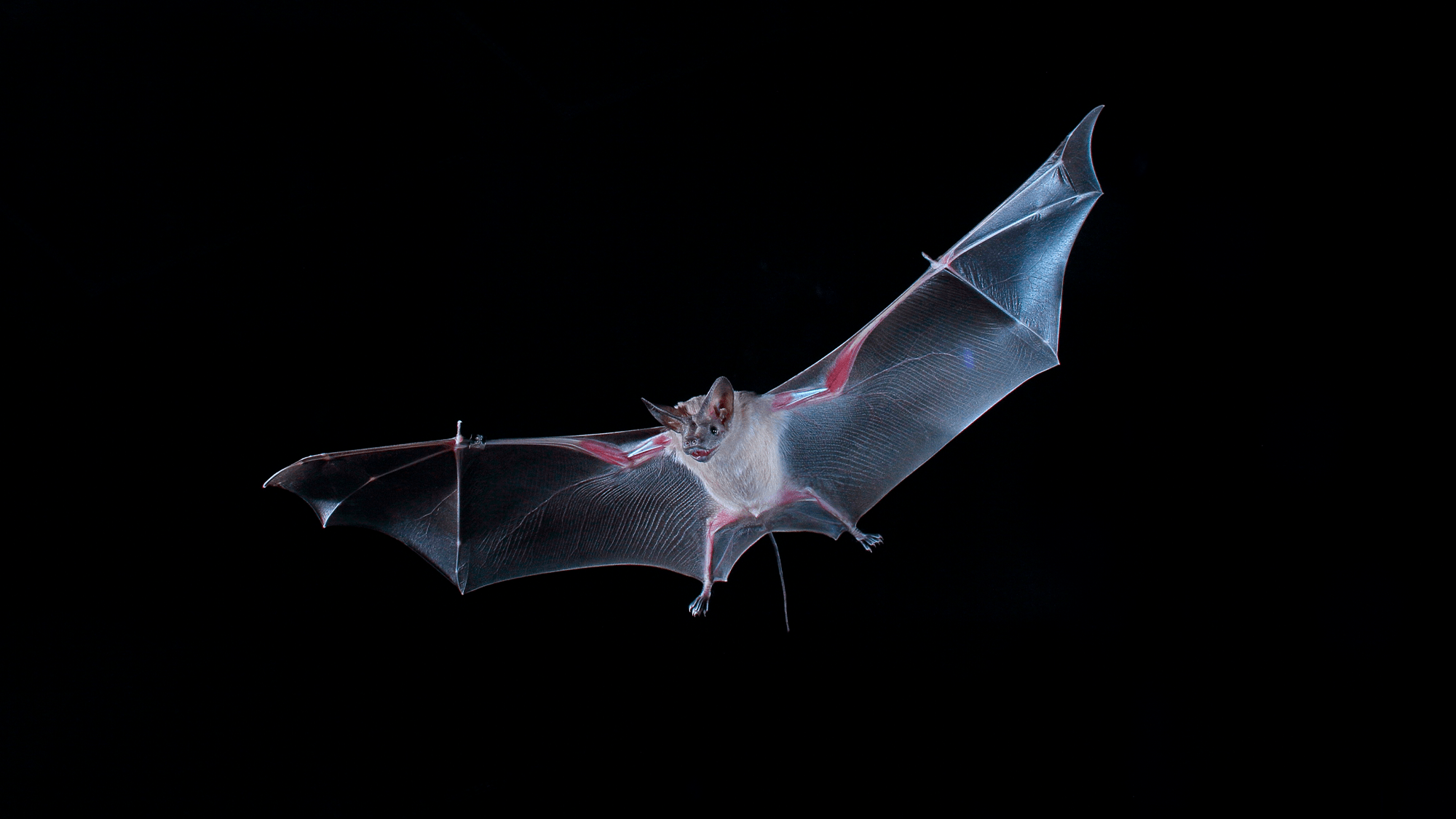Now Reading: How Bats Navigate Without Collisions
-
01
How Bats Navigate Without Collisions
How Bats Navigate Without Collisions

Speedy Summary
- Bats from teh species Rhinopoma microphyllum (Greater mouse-tailed bats) navigate dense colonies without collision by adapting their echolocation strategies amidst high “jamming” noise levels.
- Researchers observed this behavior in Israel’s Hula Valley, using tracking devices and ultrasonic microphones to study the bats during emergence from caves at dusk over two years.
- Findings revealed that 94% of echolocations are jammed when bats leave their cave, yet collisions are rarely observed.
- Bats respond by fanning out slightly while maintaining group structure and altering their calls to be shorter, weaker, and higher frequency to focus on nearby individuals rather than distant environmental details.
- Computational models were employed to simulate missing data at the cave opening due to tracking limitations.
- Scientists conclude that studying animals in their natural environments is essential for understanding complex behavioral adaptations.
!The Greater mouse-tailed bat flies through the night sky
CREDIT: Jens Rydell.
!Bats roosting inside a cave before nightfall
CREDIT: Eran Amichai.
Indian Opinion Analysis
This research highlights significant advancements in understanding animal adaptation mechanisms under challenging conditions. The study employs innovative tracking technologies coupled with computational modeling-a combination that represents a leap in ecological research methodology. For India, where biodiversity is vast and home to diverse bat species crucial for pest control and pollination, such insights might inspire local researchers to adopt similar approaches.India hosts several bat colonies often intersecting human habitation zones. studying how bats avoid collisions could be relevant for urban planning or developing conservation programs targeting declining populations due to habitat destruction or climate change. Moreover, these findings can contribute globally toward technological applications like bio-inspired sonar systems utilized in robotics or navigation tools.
Neutral observation reinforces that prioritizing field-based research over theoretical studies can significantly enhance ecological knowledge-an approach India’s scientific community could emulate for investigating native fauna under unique environmental pressures.
























